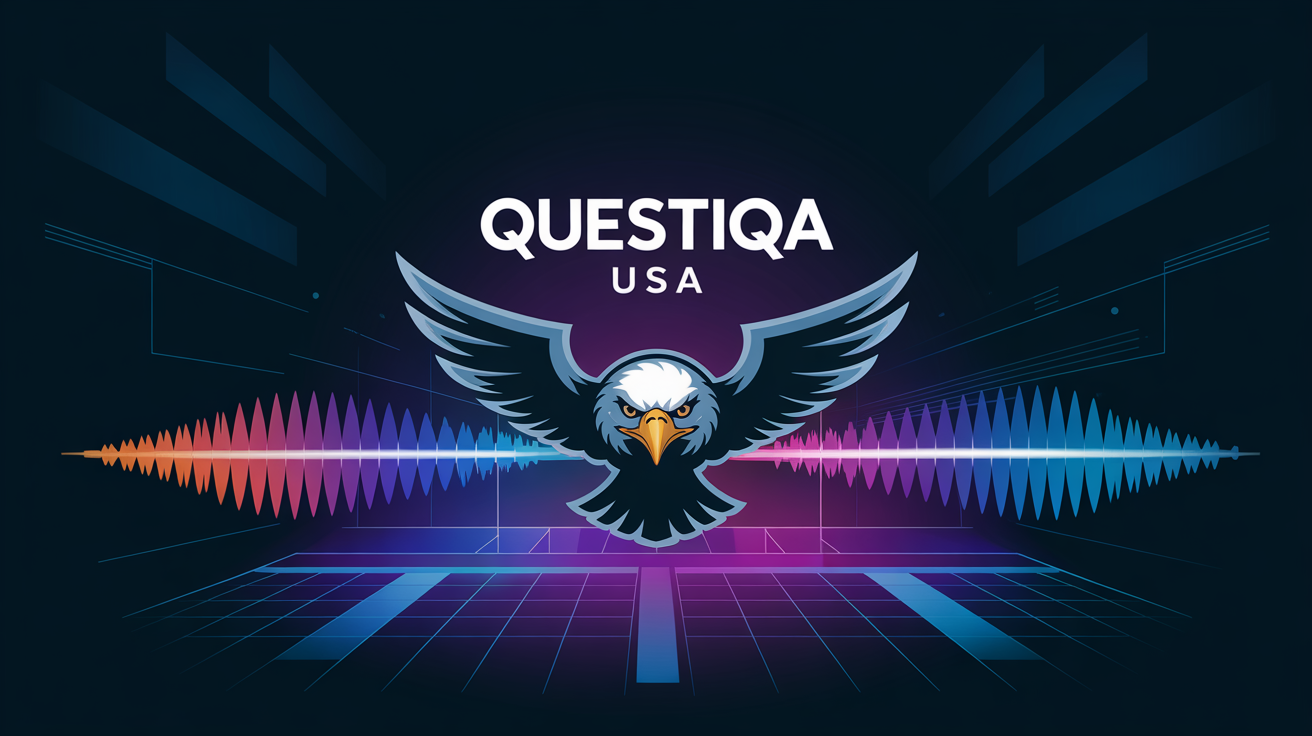Summary – The Supreme Court’s recent rulings on immigration enforcement signal significant changes in U.S. policy and legal approaches to border security and immigrant rights.,
Article –
Recent rulings by the Supreme Court of the United States (SCOTUS) regarding immigration enforcement have sparked widespread analysis across political, legal, and public domains. These decisions, delivered in Washington, D.C., address key issues surrounding the federal government’s authority on immigration policy and hold implications that could reshape enforcement practices nationwide.
What Sparked the Controversy?
The controversy centers on the federal government’s executive actions aimed at strengthening border security and modifying asylum procedures. These measures have faced multiple legal challenges from several states and advocacy groups arguing that they overstep executive authority and undermine immigrant rights. SCOTUS’s recent decisions clarify the limits of administrative power and the judiciary’s role in reviewing immigration policy enforcement.
Key actors in this timeline include:
- The Biden administration’s Department of Homeland Security
- Various state governments opposing federal policies
- Immigrant rights organizations
The timeline traces back to executive orders issued in early 2023, with several cases accelerating through federal courts to reach the Supreme Court by early 2024.
Political and Legal Fallout
The Supreme Court’s rulings, handed down in the past months, affirm certain federal enforcement measures while invalidating others, highlighting the complex balance between executive authority and states’ rights. By upholding enhanced border enforcement protocols, the Court signals support for the administration’s ability to implement stringent immigration control measures. Conversely, the Court restricted executive powers in unilaterally suspending nationwide immigration programs without congressional approval.
These judgments have amplified debates among policymakers:
- Republican leaders emphasize the rulings as victories for national security and immigration reform, advocating for even stronger immigration controls.
- Democratic officials stress the need for comprehensive immigration reform legislation through Congress, reflecting the Court’s indication that executive actions cannot substitute legislative solutions.
Public Sentiment
Public reaction to these Supreme Court decisions is deeply divided. Advocacy groups for immigrant rights express concern over the broader implications for asylum seekers and undocumented immigrants, warning that reinforced enforcement could lead to increased family separations and hardships. Meanwhile, segments of the public supporting tougher immigration policies view the rulings as necessary measures to protect borders and ensure lawful immigration.
Several legal experts point out that the Supreme Court’s nuanced decisions reflect an ongoing judicial balancing act between federal authority and the protection of individual rights. They emphasize that this development is part of the broader national dialogue on immigration reform, a topic that remains a central and contentious political issue.
What’s Next for the U.S.?
Looking forward, the Supreme Court’s rulings are expected to influence future policymaking and enforcement strategies. The decisions compel lawmakers to consider more robust legislative frameworks addressing immigration challenges comprehensively and coherently. Additionally, they encourage federal agencies to navigate immigration policies with greater judicial scrutiny, ensuring compliance with constitutional boundaries.
Potential future actions include:
- States opposing federal immigration policies seeking new legal avenues grounded in the Court’s recent guidelines.
- Immigrant advocacy groups increasing efforts to push for protective legislation and challenge enforcement actions deemed overreaching.
The evolving legal landscape necessitates close attention to upcoming court cases and federal actions that will impact immigration enforcement and reform. As immigration continues to be a defining issue affecting social, economic, and political spheres across the nation, these Supreme Court rulings exemplify the complex interaction between law, governance, and public opinion.
In conclusion, the Supreme Court’s recent decisions mark a pivotal moment in U.S. immigration policy, underscoring the delicate balance between executive authority and legislative power. The ripple effects of these rulings will shape the nation’s approach to immigration enforcement and reform in the years to come. Stay tuned to Questiqa USA News for more nationwide insights and analysis.







Average Rating